What is Avalanche? (AVAX)
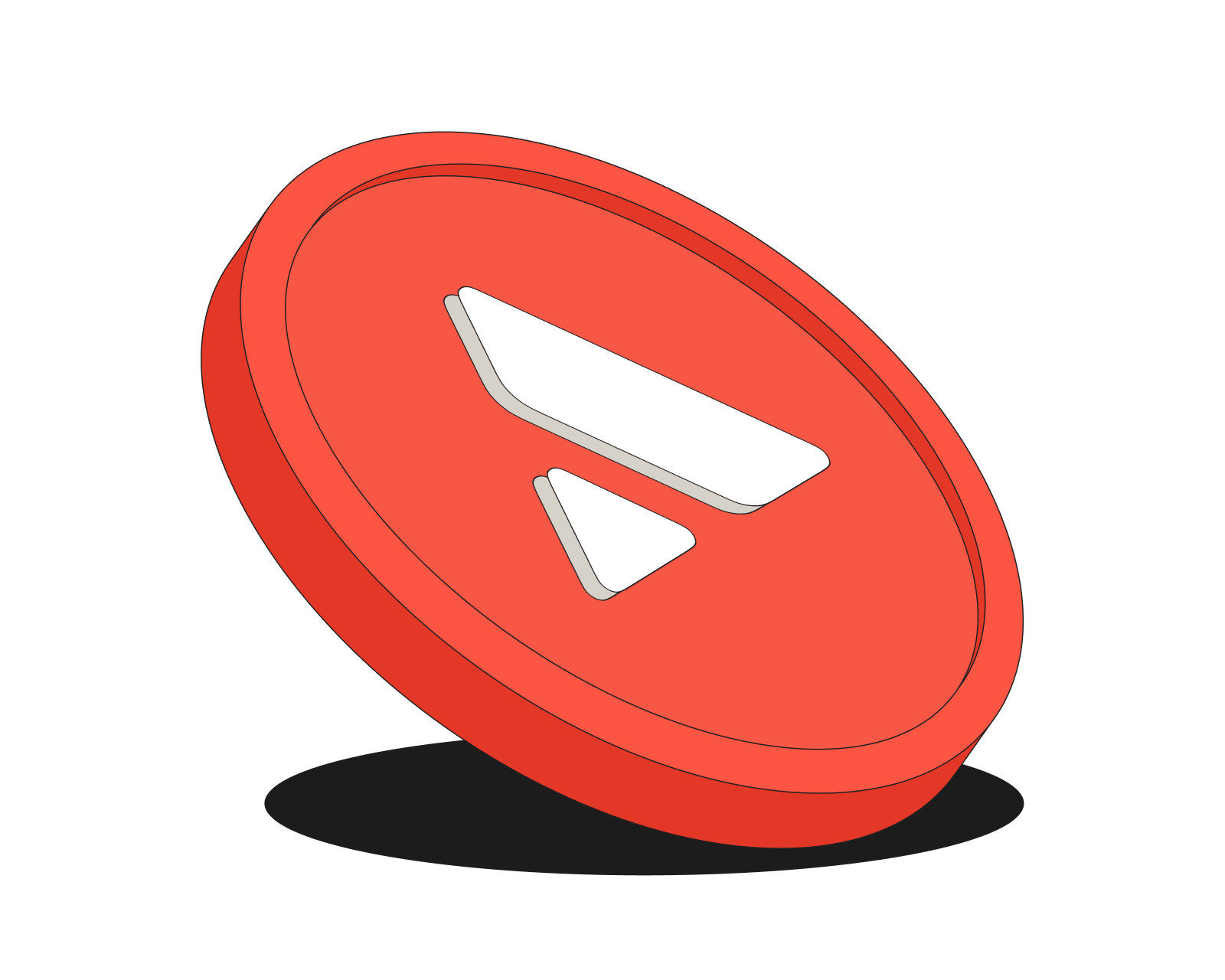
Table of Contents
How does Avalanche work?
Avalanche uses a unique consensus mechanism built on top of Proof-of-Stake (PoS). Validators are required to stake AVAX in order to confirm transactions on the network. Unlike many PoS-based consensus mechanisms, each Avalanche validator independently verifies a transaction, then randomly samples a small subset of the other validators. Each validator will update its decision if the majority of sampled validators differ. All validators will continue to do this independently until consensus is reached – which usually takes less than 2 seconds.
 Image credit Avalanche Consensus, The Biggest Breakthrough since Nakamoto
Image credit Avalanche Consensus, The Biggest Breakthrough since Nakamoto
Since validators are doing this independently and using only a very small subset of other validators, the network achieves a higher maximum transactions per second, while also being more decentralized, and scalable. In fact, the network should theoretically become faster as it grows.
History of Avalanche
Avalanche’s fundamentals were first shared on Interplanetary File System (IPFS) in May 2018 by a pseudonymous group. A group of researchers at Cornell University developed the protocol, led by computer science professor Emin Gün Sirer, and doctoral students Maofan Yin and Kevin Sekniqi. Their research was converted into a startup company to develop the research into a blockchain network. In September, 2020, the company also issued its native token AVAX.
How can you use Avalanche?
Anyone can buy, sell, send, receive, and hold $AVAX in the Bitcoin.com Wallet.
Advanced users also have the option to directly interact with Decentralized Apps (dApps) on the Avalanche network (via WalletConnect). dApps on Avalanche enable DeFi use cases like trading, borrowing and lending, prediction markets, crypto derivatives, synthetic assets, NFTs, and more.
Resources:
- For an up-to-date list of the top decentralized applications on Avalanche, please refer to dAppRadar.
- To learn how to connect to dApps in the Bitcoin.com Wallet, please see this guide.
Bridging between Avalanche and Ethereum
You can bridge Ethereum cryptoassets to Avalanche’s C-chain using the official Avalanche bridge. Bridging will usually take between 8 and 10 minutes. After that, you can do most things you can do on Ethereum such as swap, borrow/lend, and pool liquidity but with much lower fees and faster transaction times. Whenever you wish, you can bridge back over to the Ethereum mainnet.
Related guides
Start from here →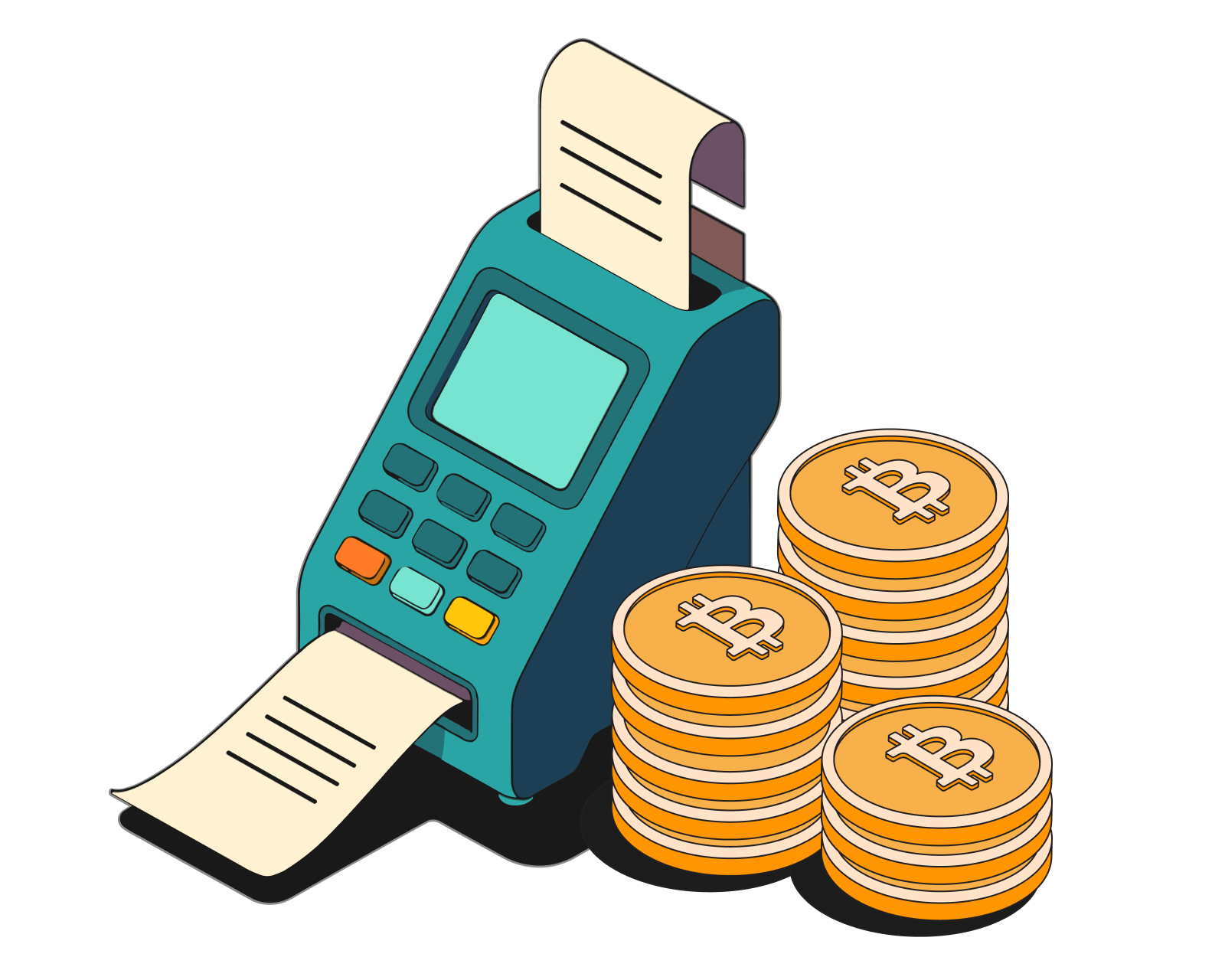

How do I buy crypto?
Learn how to get your first crypto in minutes.
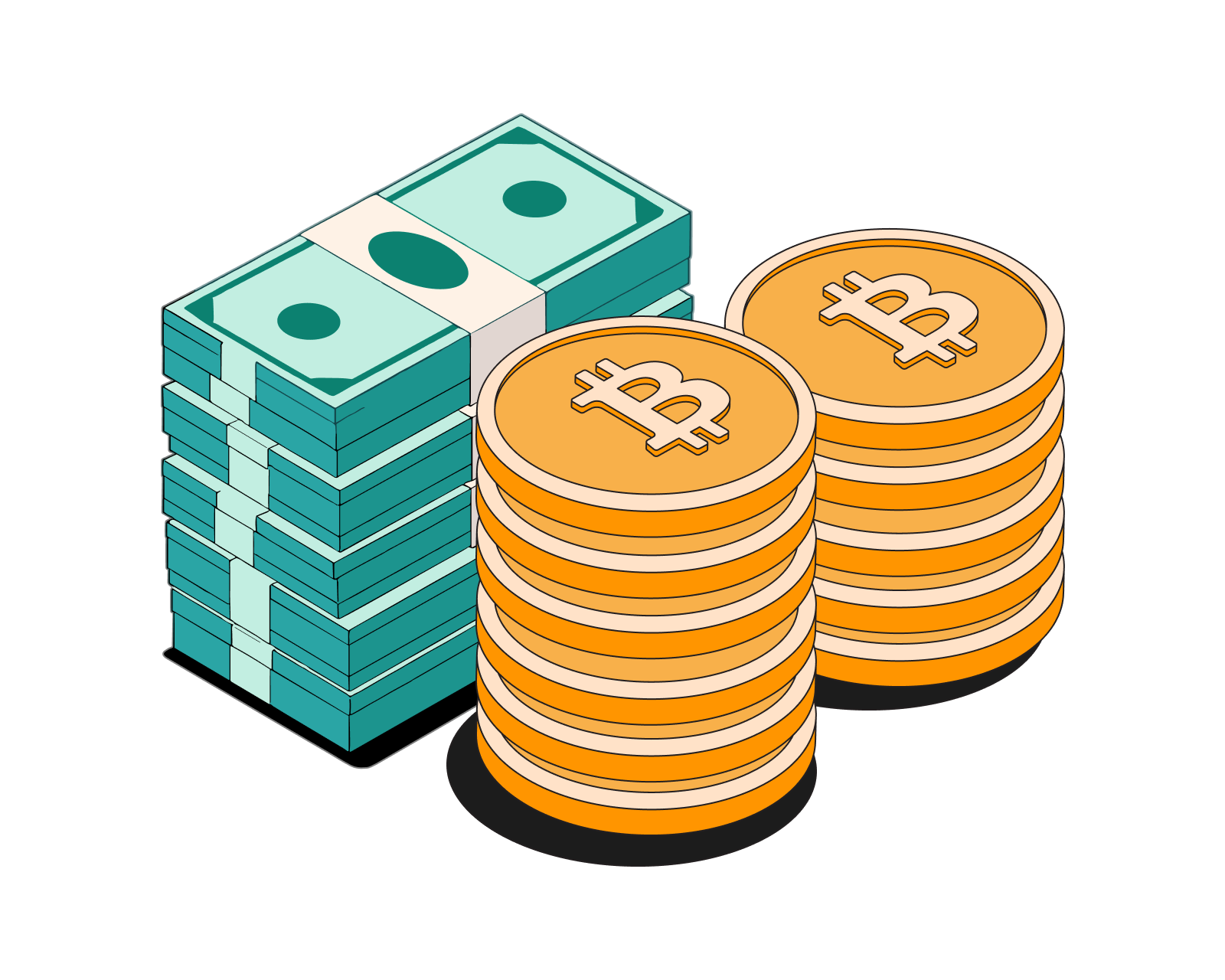

How do I sell crypto?
Learn how to sell crypto into local currency safely.

How do I send crypto?
Sending crypto is as easy as choosing the amount to send and deciding where it goes.
Read this article →
How do I send crypto?
Sending crypto is as easy as choosing the amount to send and deciding where it goes.
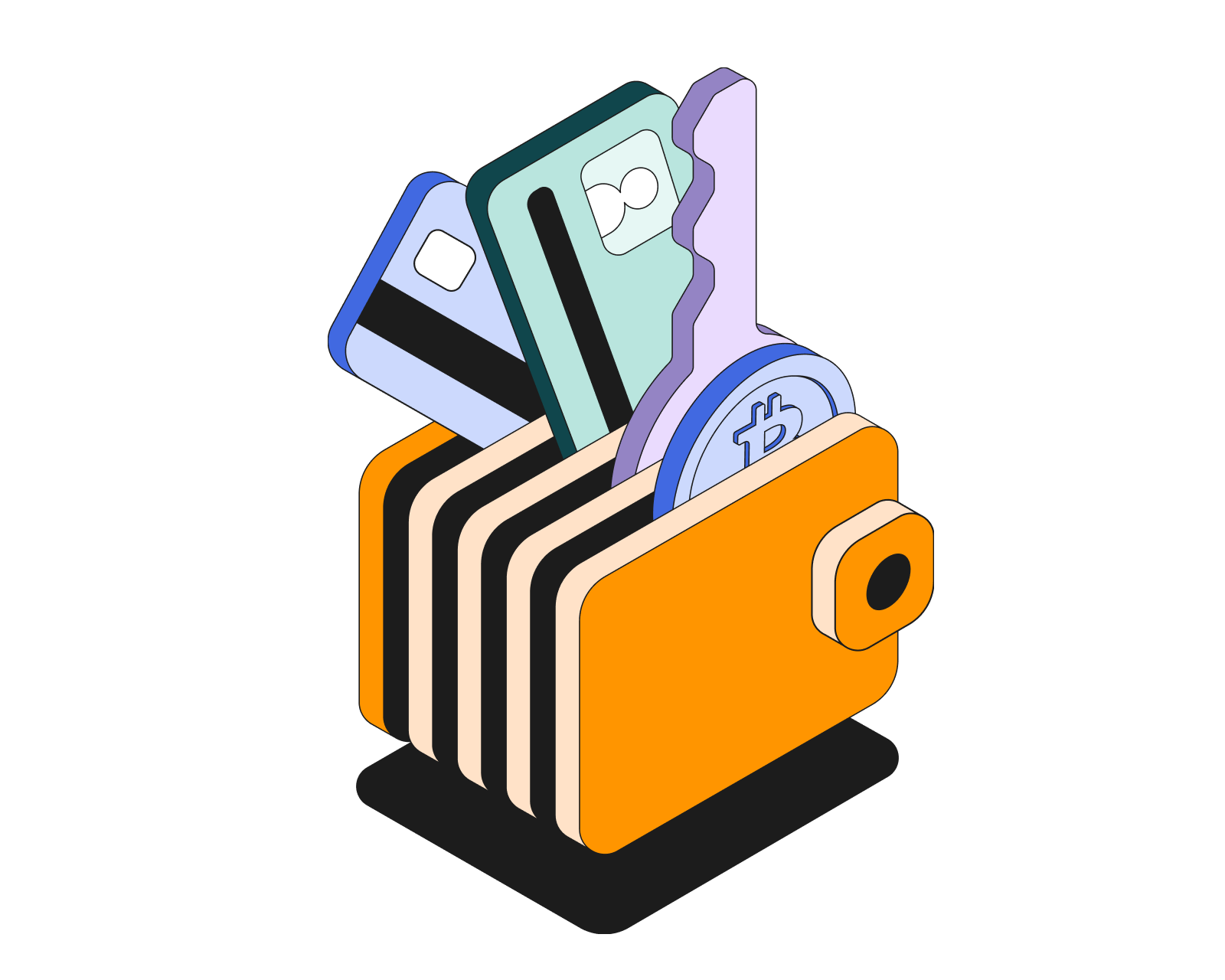
How do I create a crypto wallet?
Learn how to quickly and easily create a crypto wallet. Understand the different wallet types and their respective pros & cons.
Read this article →
How do I create a crypto wallet?
Learn how to quickly and easily create a crypto wallet. Understand the different wallet types and their respective pros & cons.

What is Bitcoin?
Get a straightforward introduction to Bitcoin and why it matters.
Read this article →
What is Bitcoin?
Get a straightforward introduction to Bitcoin and why it matters.


What is Ethereum?
Understand Ethereum's key characteristics.

What are NFTs?
Learn about NFTs, how they work, examples of prominent NFTs, and much more.
Read this article →
What are NFTs?
Learn about NFTs, how they work, examples of prominent NFTs, and much more.

What is DeFi?
Learn what makes decentralized finance (DeFi) apps work and how they compare to traditional financial products.
Read this article →
What is DeFi?
Learn what makes decentralized finance (DeFi) apps work and how they compare to traditional financial products.
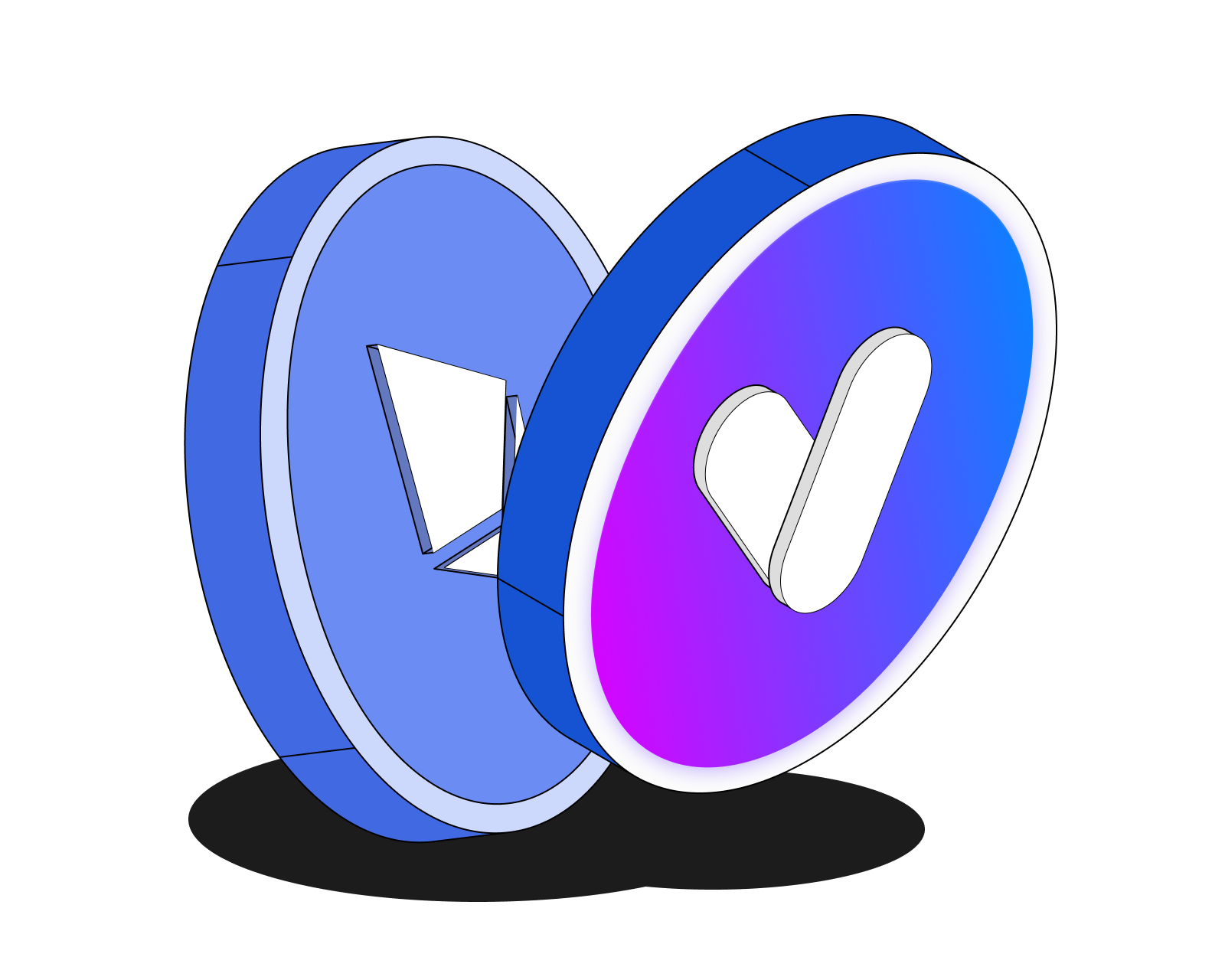
What's a dApp?
Discover what dApps are, how they work, advantages and disadvantages, and more.
Read this article →
What's a dApp?
Discover what dApps are, how they work, advantages and disadvantages, and more.
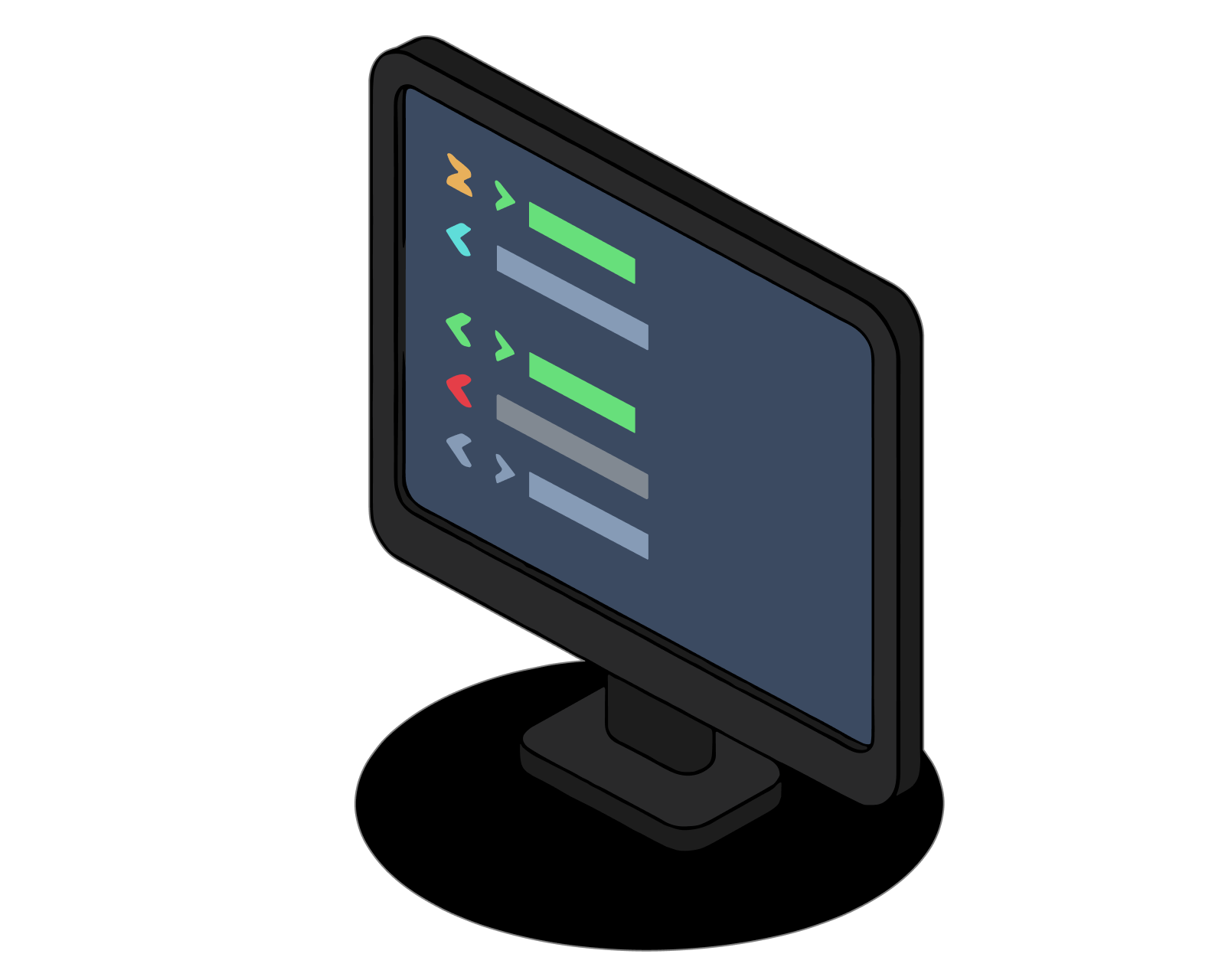
What is a DEX?
A decentralized exchange (DEX) is a type of exchange that specializes in peer-to-peer transactions of cryptocurrencies and digital assets. Unlike centralized exchanges (CEXs), DEXs do not require a trusted third party, or intermediary, to facilitate the exchange of cryptoassets.
Read this article →
What is a DEX?
A decentralized exchange (DEX) is a type of exchange that specializes in peer-to-peer transactions of cryptocurrencies and digital assets. Unlike centralized exchanges (CEXs), DEXs do not require a trusted third party, or intermediary, to facilitate the exchange of cryptoassets.
STAY AHEAD IN CRYPTO
Stay ahead in crypto with our weekly newsletter delivering the insights that matter most
Weekly crypto news, curated for you
Actionable insights and educational tips
Updates on products fueling economic freedom
No spam. Unsubscribe anytime.



Start investing safely with the Bitcoin.com Wallet
Over wallets created so far
Everything you need to buy, sell, trade, and invest your Bitcoin and cryptocurrency securely

© 2025 Saint Bitts LLC Bitcoin.com. All rights reserved


